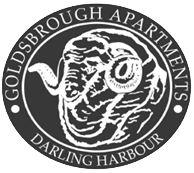The Goldsbrough Building
Our unique heritage
The Goldsbrough is named after Richard Goldsbrough who was born in England in 1821 and arrived in Australia in 1847. He developed a highly successful wool business and is credited with improving the collection and sale of wool.
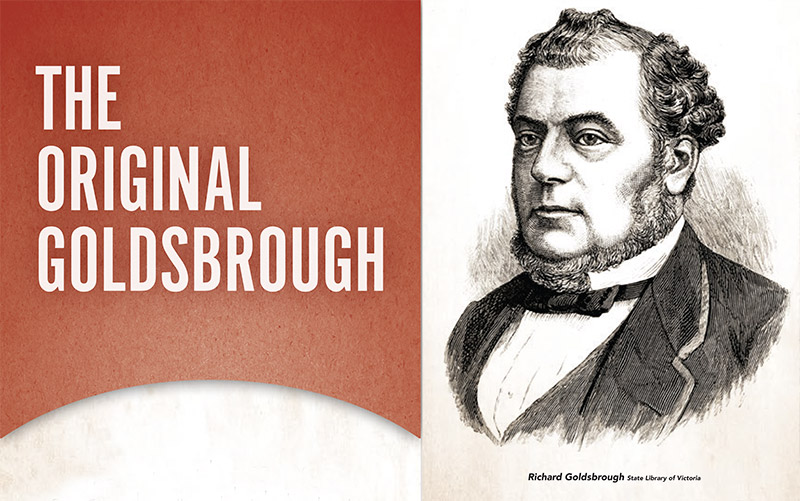
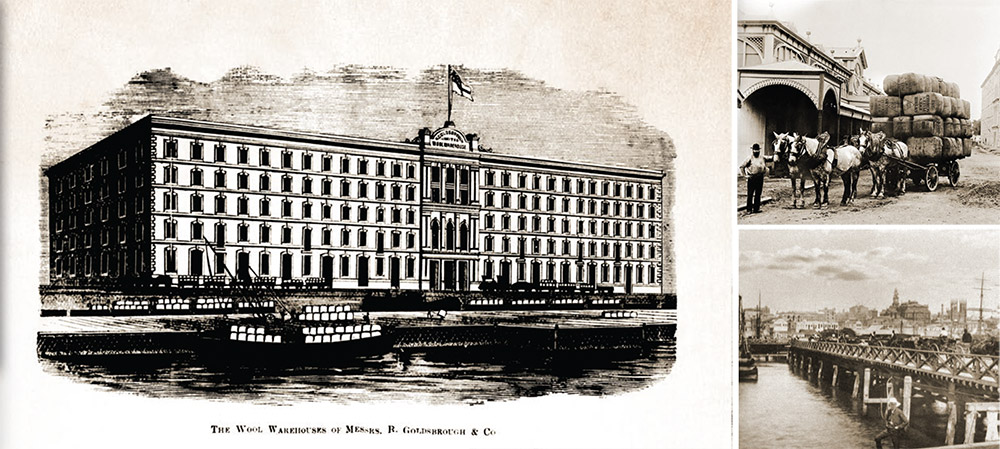
The Goldsbrough was designed as a wool store by William Pritchard and was built by the Stuart brothers in 1883. Although the exterior highlighted the conservative Victorian values of the day, the interior was modern and featured hydraulic goods and passenger lifts and a sawtooth glazing roof with ground glass that provided a glare-free viewing area.

The Goldsbrough was the first of at least 20 wool stores on the Pyrmont peninsula. It received bales of wool from all over NSW to be showcased then sold. Taking advantage of the extension of the railway to Darling Harbour in the early 1890’s, the owners constructed a siding with conveyors for direct delivery of wool to the building.
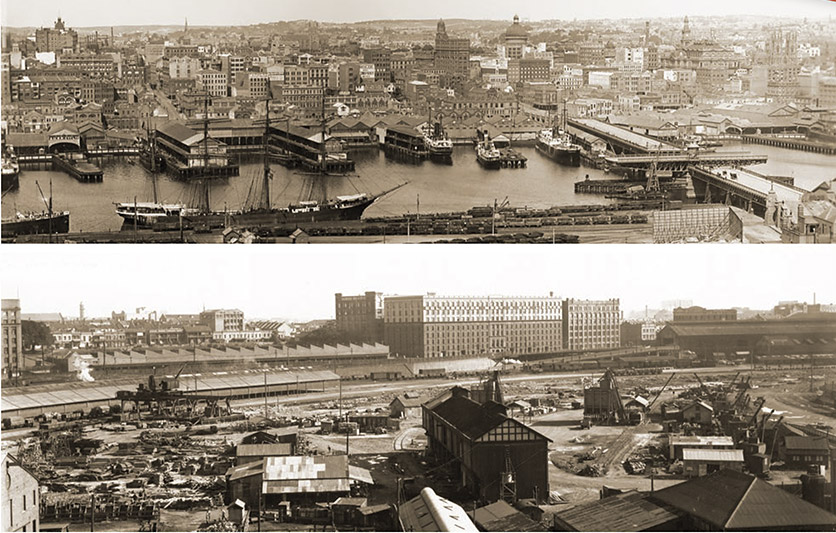
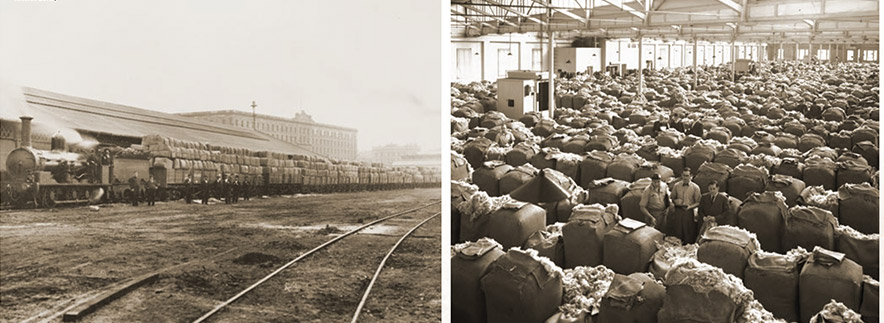
The Goldsbrough could house 50,000 bales which had to be stored, moved into the viewing room where they were classified, then taken back to storage.
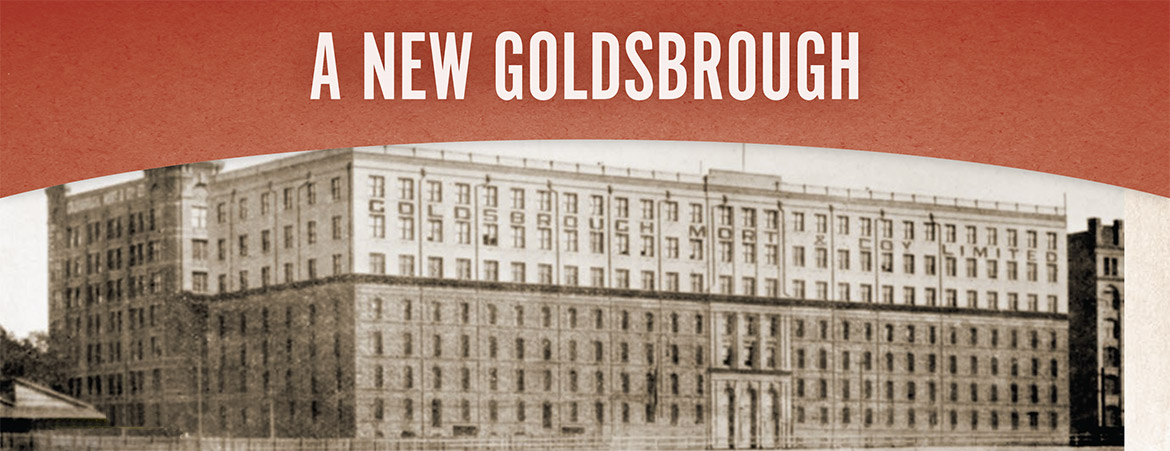
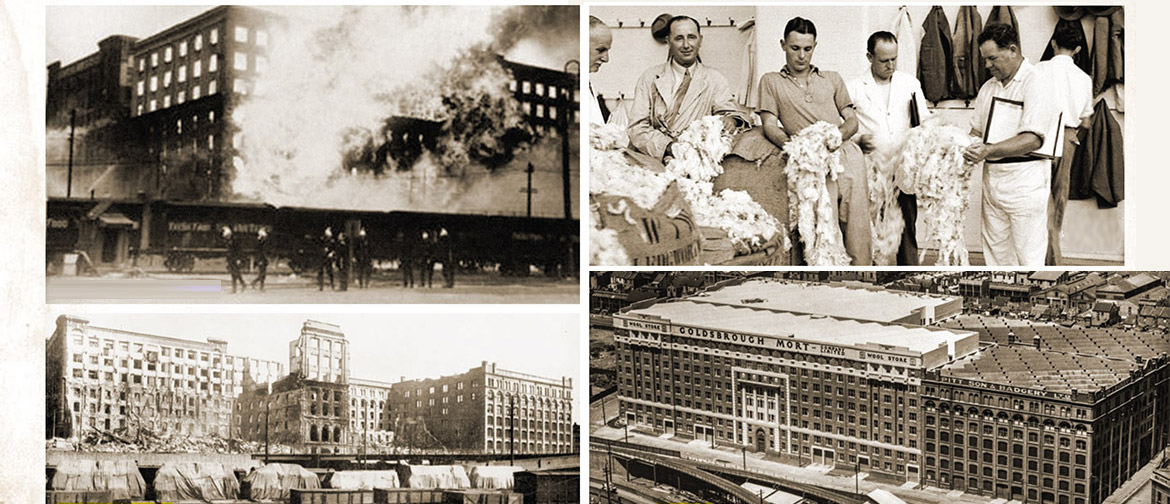
In 1924, three floors were added to the Goldsbrough, then in 1935 it caught fire and burned for almost two weeks. The building was restored by it’s original builders, Stuart Brothers, who kept to the original exterior plan.
The restored Goldsbrough continued to function as a wool store until the 1890s. Besides the vast storage areas, it housed a café and a well-lit viewing area on the top floor.
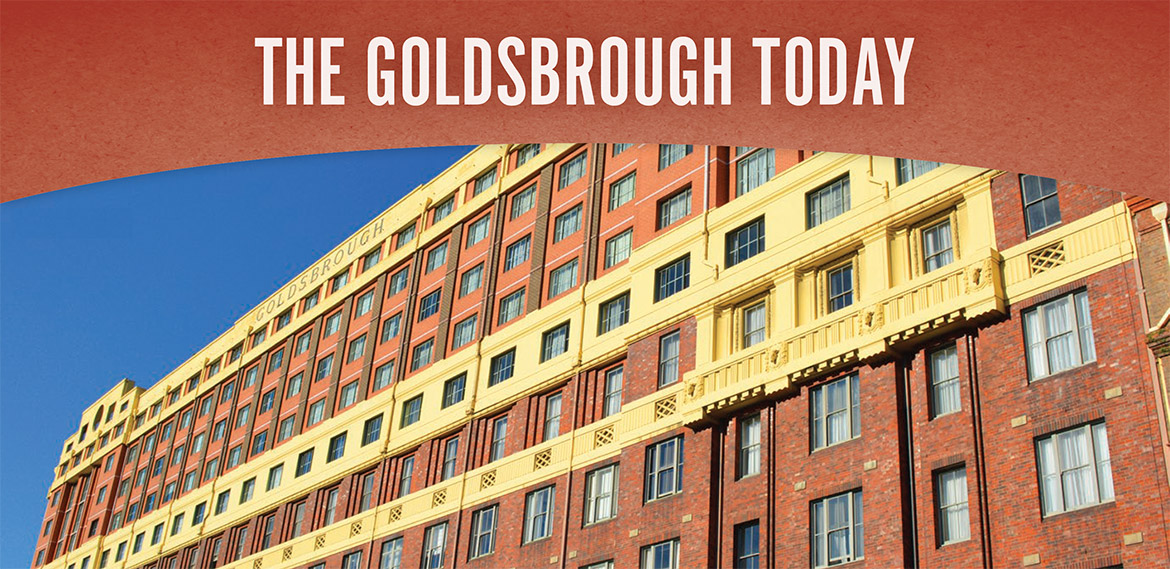
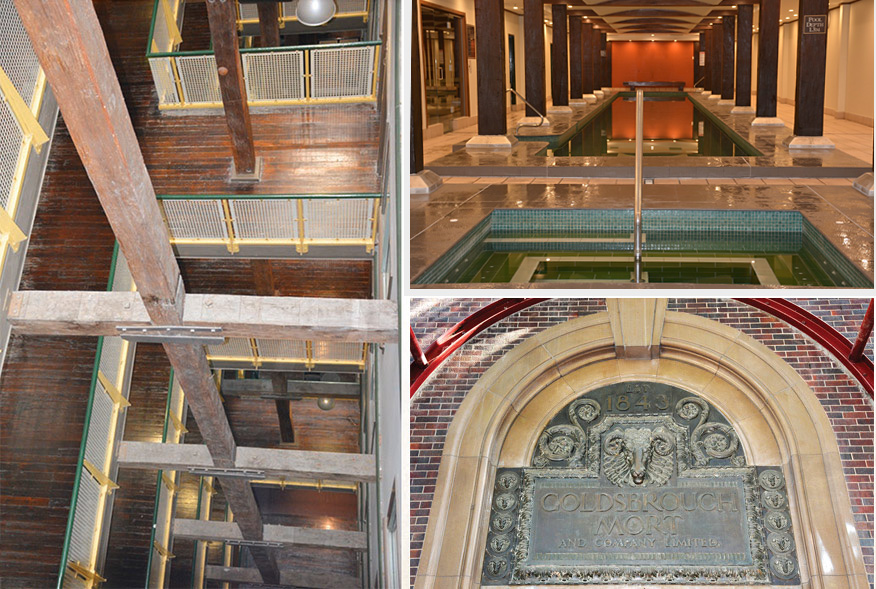
In 1995 this heritage building was converted to apartments, with the addition of four floors. While the exterior remains true to the original design, the centre is an atrium with eye-opening views form all floors and the penthouses have spectacular views.
The lanolin-aged hardwood floors, the impressive wooden beams and 12-foot ceilings retain the buildings unique character and atmosphere.
